Benefits You Didn't Know About Glucosamine Sulfate
Glucosamine is a well-known joint health ingredient. Most know it as a joint building block that helps people who experience the loss of joint tissue with age. While those distinctions are true, glucosamine is much more than simply a building block. (1)
Glucosamine Sulfate is an amino sugar that attracts water in the body. It also contains the element sulphur which is necessary for the synthesis of healthy cartilage synthesis. Glucosamine is not only a common building block of joints, but it is also a natural compound found in all tissues including cartilage and joints. (2)
Most of the glucosamine on the market is from an animal source that includes shellfish and crustaceans. Glucosamine is rarely obtained from a vegan source. When obtained from a vegan source, the compound is safe for use virtually for everyone. (3)
Blog Contents
Glucosamine Functions for Joint Health
Glucosamine has been demonstrated to reduce and even completely stop the loss of cartilage in cases of osteoarthritis. While it is a functional building block, glucosamine helps maintain healthy joints by trapping water and supplying the joint with adequate lubrication. (5,6,7)
Additionally, it acts as an anti-inflammatory that shows the destruction of joints due to wear and tear and helps the body generate new joint tissues. (8)
Glucosamine Benefits Beyond Joint Health
As a stimulant of the synthesis of hyaluronic acid, glucosamine acts as an internal moisturiser for several tissues including the joints and the skin. Some studies have demonstrated that glucosamine significantly helps with excessive skin dryness. Additionally, it helps maintain the skin firm and free of freckles. (9)
In a recent study on the topical use of glucosamine, it was demonstrated that glucosamine significantly reduced the appearance of age spots and freckles. Some studies also point towards the potential of glucosamine to act as an anti-wrinkle, anti-aging skin-care compound. (10)
Benefits You Didn't Know About Glucosamine
Glucosamine is not only an internal lubricant. Some studies link glucosamine to much more complex concepts such as its consistent link as a gut repair agent and an agent of alteration of gastrointestinal flora. (11)
It is demonstrated that the introduction of glucosamine helps increase some strains of bacteria while simultaneously decreasing others. (12) Some studies even link the use of glucosamine to a decreased risk of colorectal cancer. While the link is still preliminary and is treated as a correlation as opposed to causation, further studies linking glucosamine to gut health are highly needed. (13)
Considering that glucosamine is an anti-inflammatory, lubricating, building agent, there is no doubt that it may have a significant role in maintaining healthy epithelia. In fact, veterinary studies employ glucosamine as an agent of amelioration for feline cystitis. Feline cystitis is a painful inflammatory condition of the bladder that occurs in cats mainly for emotional/ inflammatory reasons. (14)
It was found in those studies that there was a significant increase in glycosaminoglycans in the urine of cats put on an intervention of glucosamine. Such an increase in glucosamine is hypothesized to be soothing to the inflamed bladder though further investigation is required. (15)
Glucosamine Vs. NSAIDs
More recent research demonstrates that glucosamine may have a mode of action very different from what was expected prior. As discussed, many look at glucosamine as a building block.
While glucosamine is a building block, it is also demonstrated to be a supporter of mitochondrial function. Mitochondria are the small organelles in the cell that function as batteries. They synthesize the energy currency of the body, known as Adenosine Triphosphate (ATP).
Mitochondria are interesting organelles as they carry their own genetic blueprint and can replicate independently of the nucleus. They are thought to be bacterial in origin, thus are shown to be sensitive to many things that regular gut microbiota are sensitive to. Such commonality can be demonstrated as the gut microbiota as well as the mitochondria are both sensitive to a drug class known as Non-Steroidal Anti-inflammatories (NSAIDs). (16)
Interestingly, glucosamine is not only effective at modulating gut microbiota but it is also demonstrated to protect the mitochondria from inflammation. (17)
NSAIDs comprise a large portion of painkillers usually used for conditions such as joint pain. Compared to NSAIDs, Glucosamine is not only an effective painkiller that tackles the root cause of the pain and has many side benefits to other tissues in the body, it is also a mitochondrial preservation agent as opposed to a mitochondrial destructive agent. (18)
Many studies link glucosamine to overall health including skin health, joint health, bone health and even soft tissue health
Glucosamine is demonstrated to heal the gut and affect the types of probiotics that colonize the intestines
Compared to painkiller pharmaceuticals (NSAIDS) Glucosamine is shown to preserve the powerhouse of the inflamed cell (mitochondria) while NSAIDs are demonstrated to do the opposite
Is Glucosamine Safe for Diabetics?
Due to the fact that glucosamine is a sugar amino acid, it was speculated that it would have a negative effect on blood sugar at least for diabetics. Further studies demonstrate that glucosamine’s effect is not only insignificant on blood sugar, there is evidence that it may be used as a blood sugar control agent, though the studies are quite preliminary. (19, 20)
Article References
Block JA, Oegema TR, Sandy JD, Plaas A. The effects of oral glucosamine on joint health: is a change in research approach needed?. Osteoarthritis and Cartilage. 2010 Jan 1;18(1):5-11.
James CB, Uhl TL. A review of articular cartilage pathology and the use of glucosamine sulfate. Journal of athletic training. 2001 Oct;36(4):413.
Shahidi F, Ambigaipalan P. Novel functional food ingredients from marine sources. Current Opinion in Food Science. 2015 Apr 1;2:123-9.
Roemer FW, Kwoh CK, Hannon MJ, Green SM, Jakicic JM, Boudreau R, Crema MD, Moore CE, Guermazi A. Risk factors for magnetic resonance imaging–detected patellofemoral and tibiofemoral cartilage loss during a six‐month period: The Joints On Glucosamine study. Arthritis & Rheumatism. 2012 Jun;64(6):1888-98.
Roemer FW, Kwoh CK, Hannon MJ, Green SM, Jakicic JM, Boudreau R, Crema MD, Moore CE, Guermazi A. Risk factors for magnetic resonance imaging–detected patellofemoral and tibiofemoral cartilage loss during a six‐month period: The Joints On Glucosamine study. Arthritis & Rheumatism. 2012 Jun;64(6):1888-98.
Roemer FW, Kwoh CK, Hannon MJ, Green SM, Jakicic JM, Boudreau R, Crema MD, Moore CE, Guermazi A. Risk factors for magnetic resonance imaging–detected patellofemoral and tibiofemoral cartilage loss during a six‐month period: The Joints On Glucosamine study. Arthritis & Rheumatism. 2012 Jun;64(6):1888-98.
McCarty MF. Enhanced synovial production of hyaluronic acid may explain rapid clinical response to high-dose glucosamine in osteoarthritis. Medical hypotheses. 1998 Jun 1;50(6):507-10.
Nagaoka I, Igarashi M, Hua J, Ju Y, Yomogida S, Sakamoto K. Recent aspects of the anti-inflammatory actions of glucosamine. Carbohydrate polymers. 2011 Mar 1;84(2):825-30.
Kajimoto O, Suguro S, Takahashi T. Clinical effects of glucosamine hydrochloride diet for dry skin. Journal of the Japanese Society for Food Science and Technology (Japan). 2001.
Bissett DL, Robinson LR, Raleigh PS, Miyamoto K, Hakozaki T, Li J, Kelm GR. Reduction in the appearance of facial hyperpigmentation by topical N‐acetyl glucosamine. Journal of cosmetic dermatology. 2007 Mar;6(1):20-6.
Perman JA, Modler S. Glycoproteins as substrates for production of hydrogen and methane by colonic bacterial flora. Gastroenterology. 1982 Aug 1;83(2):388-93.
Coulson S, Butt H, Vecchio P, Gramotnev H, Vitetta L. Green-lipped mussel extract (Perna canaliculus) and glucosamine sulphate in patients with knee osteoarthritis: therapeutic efficacy and effects on gastrointestinal microbiota profiles. Inflammopharmacology. 2013 Feb;21(1):79-90.
Kantor ED, Lampe JW, Peters U, Shen DD, Vaughan TL, White E. Use of glucosamine and chondroitin supplements and risk of colorectal cancer. Cancer Causes & Control. 2013 Jun;24(6):1137-46.
Gunn-Moore DA, Shenoy CM. Oral glucosamine and the management of feline idiopathic cystitis. Journal of feline medicine and surgery. 2004 Aug;6(4):219-25.
Panchaphanpong J, Asawakarn T, Pusoonthornthum R. Effects of oral administration of N-acetyl-d-glucosamine on plasma and urine concentrations of glycosaminoglycans in cats with idiopathic cystitis. American journal of veterinary research. 2011 Jun;72(6):843-50.
James CB, Uhl TL. A review of articular cartilage pathology and the use of glucosamine sulfate. Journal of athletic training. 2001 Oct;36(4):413.
Chiu HW, Li LH, Hsieh CY, Rao YK, Chen FH, Chen A, Ka SM, Hua KF. Glucosamine inhibits IL-1β expression by preserving mitochondrial integrity and disrupting assembly of the NLRP3 inflammasome. Scientific reports. 2019 Apr 3;9(1):1-3.
Lopes Vaz A. Double-blind clinical evaluation of the relative efficacy of ibuprofen and glucosamine sulphate in the management of osteoarthrosis of the knee in out-patients. Current medical research and opinion. 1982 Jan 1;8(3):145-9.
Marshall PD, Poddar S, Tweed EM. Do glucosamine and chondroitin worsen blood sugar control in diabetes?. Clinical Inquiries, 2006 (MU). 2006.
Saghafi M, Karimi M, Bonakdaran S, Massoudnia N. Oral glucosamine effect on blood glucose and insulin levels in patients with non-diabetic osteoarthritis: a double-blind, placebo-controlled clinical trial. Archives of rheumatology. 2016 Dec;31(4):340.











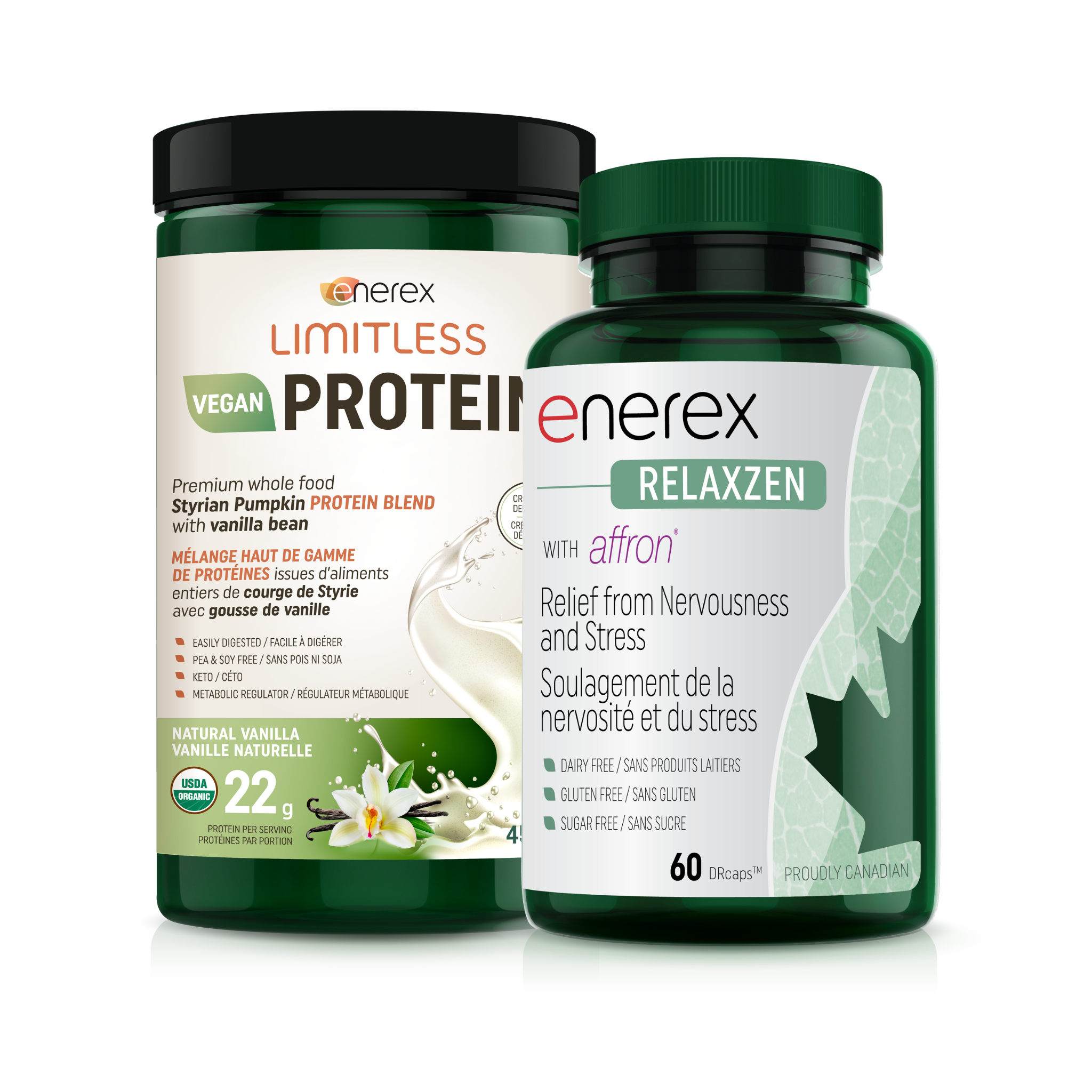
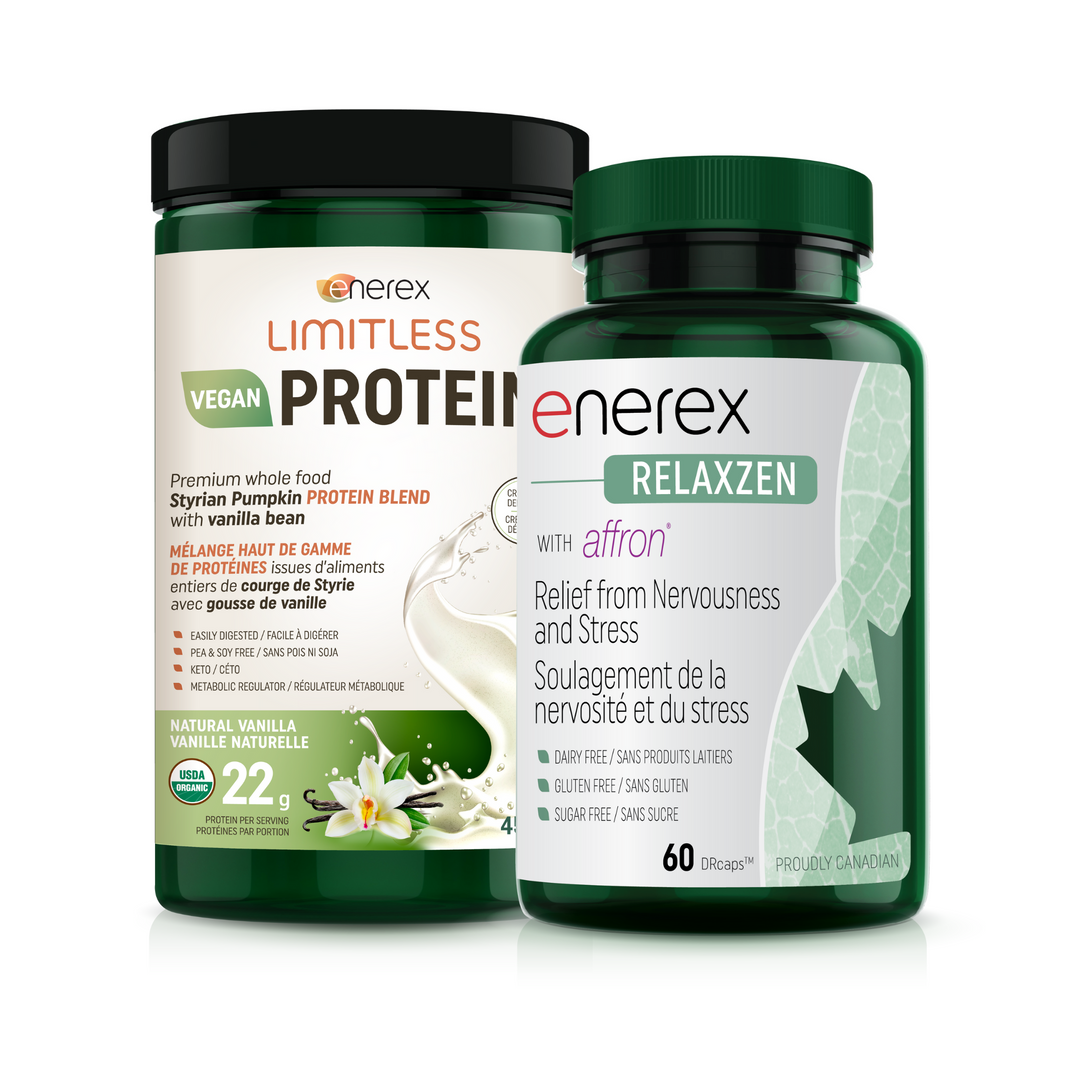
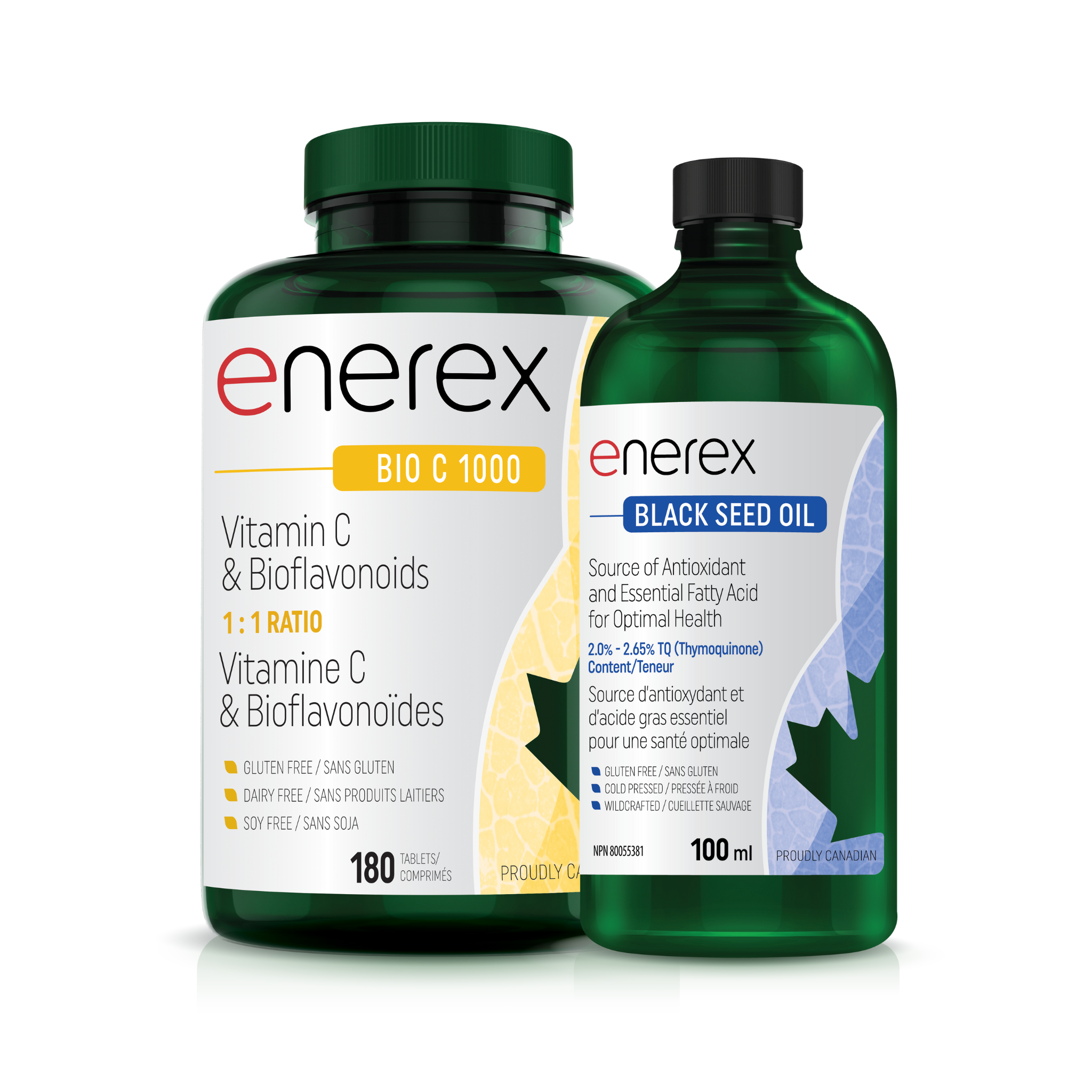
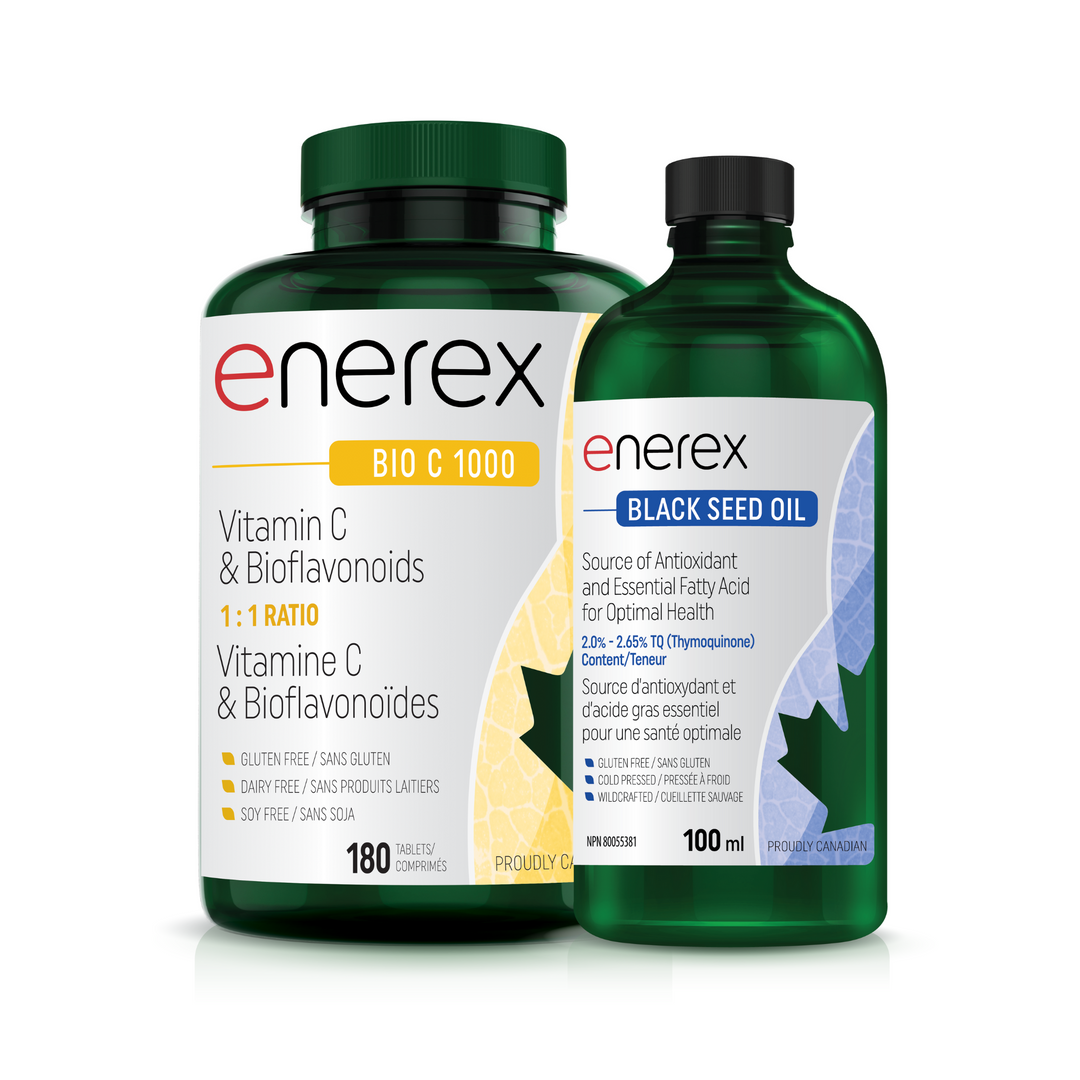
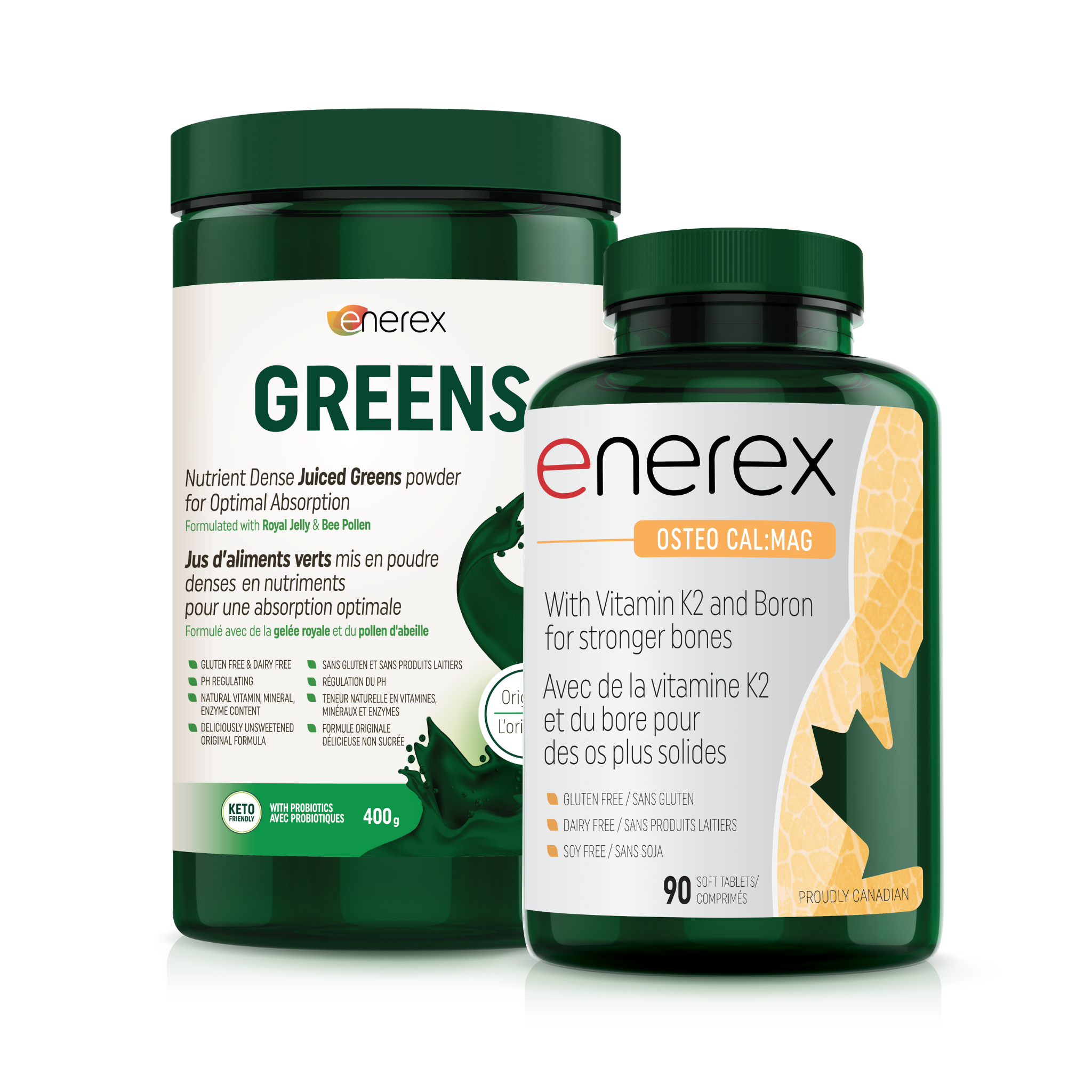
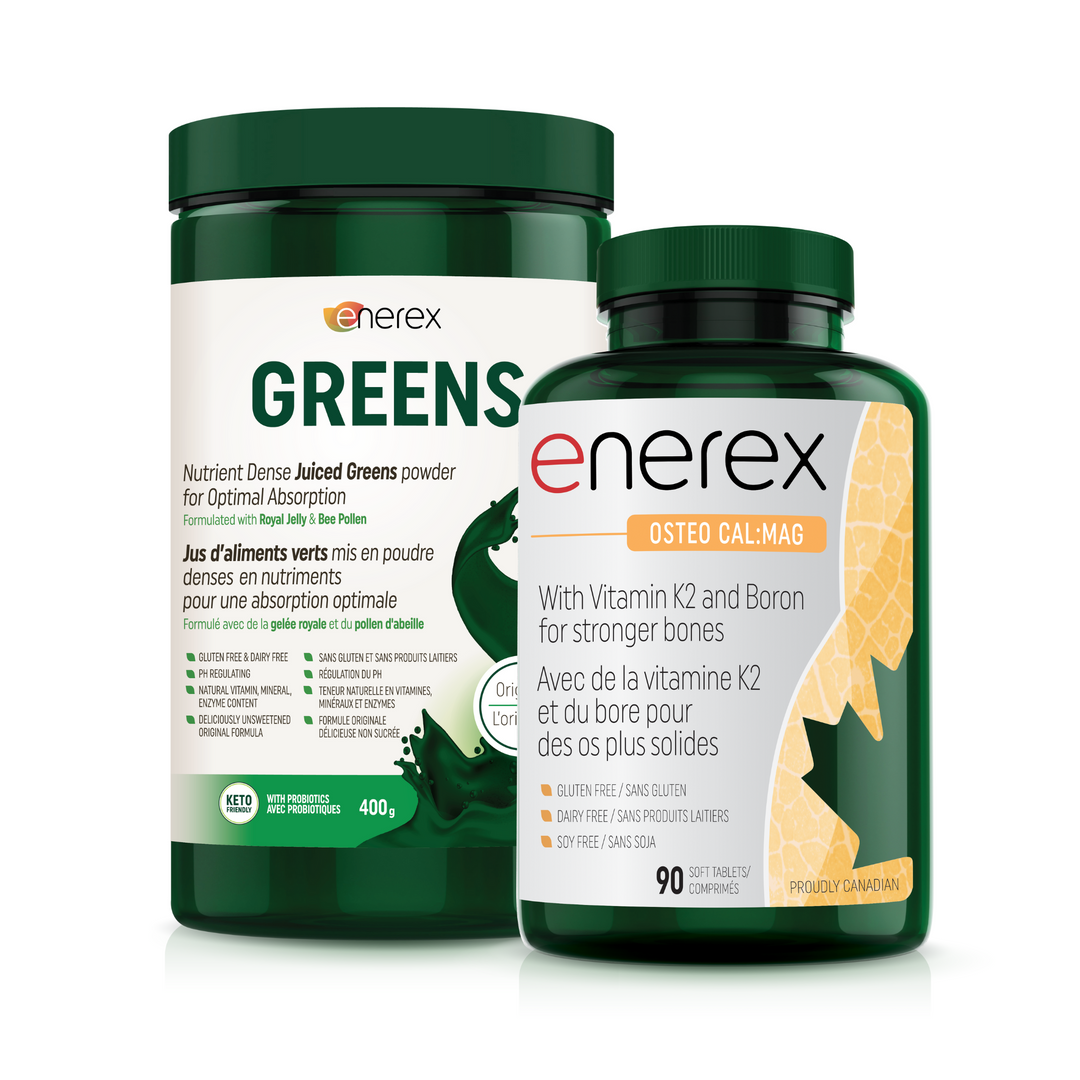
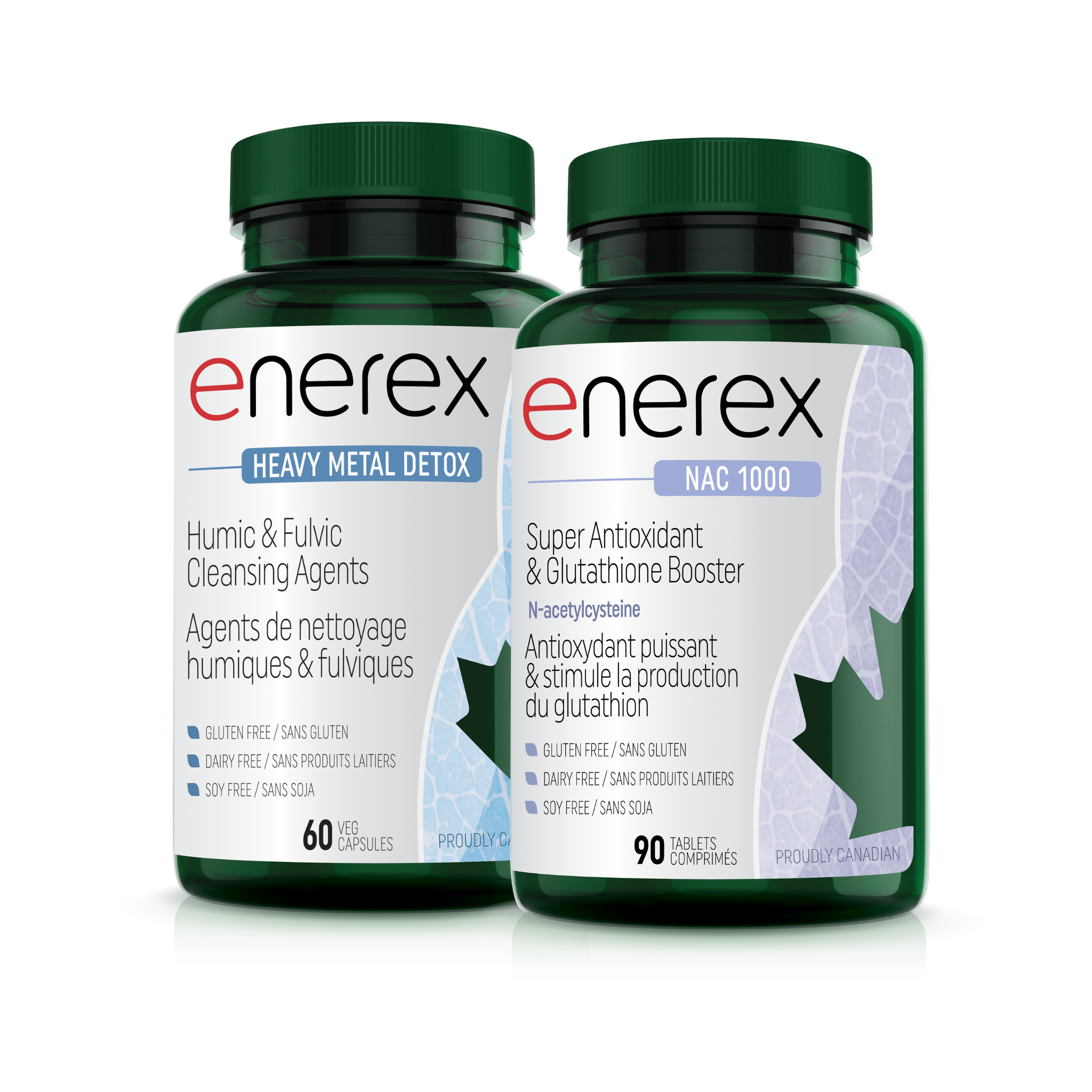
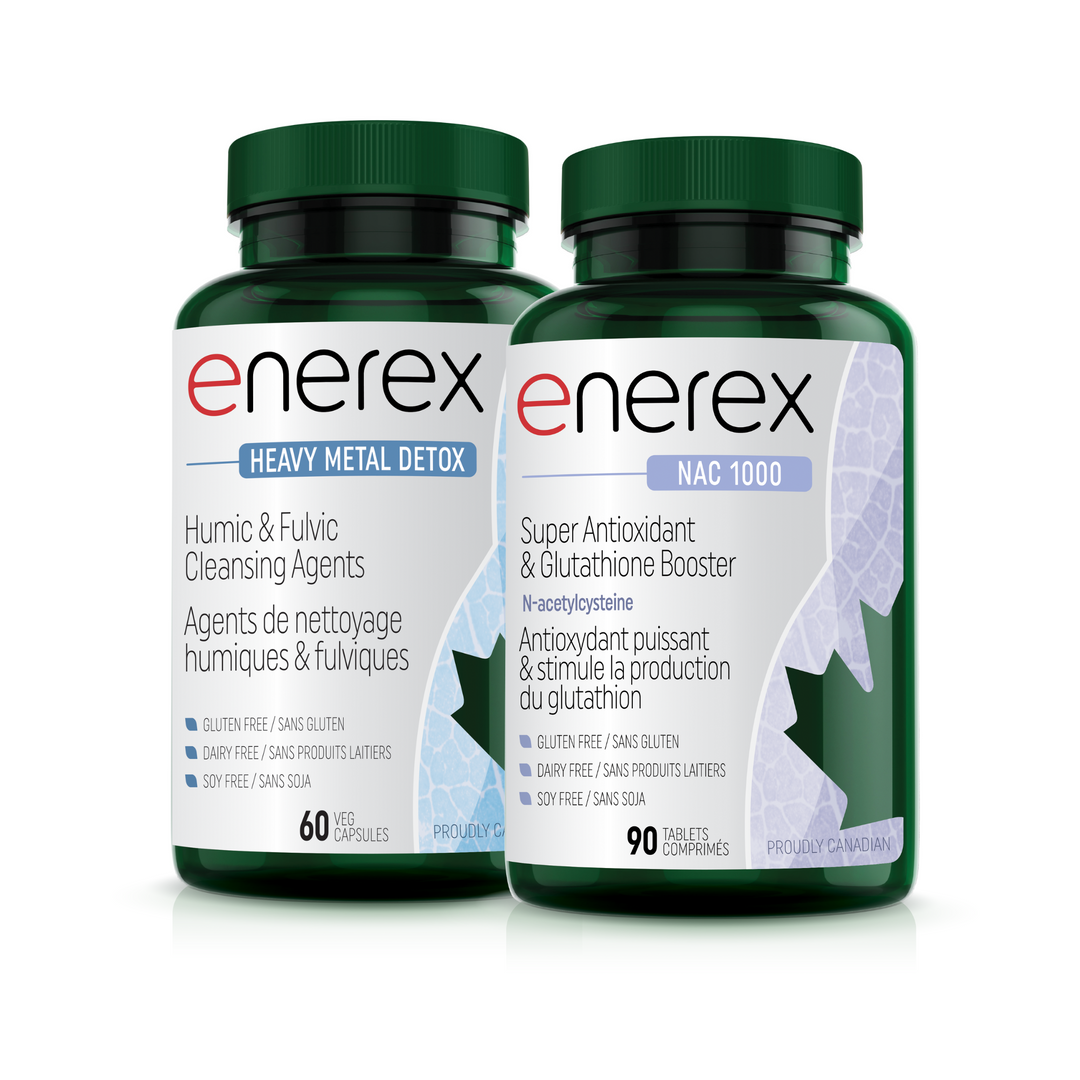
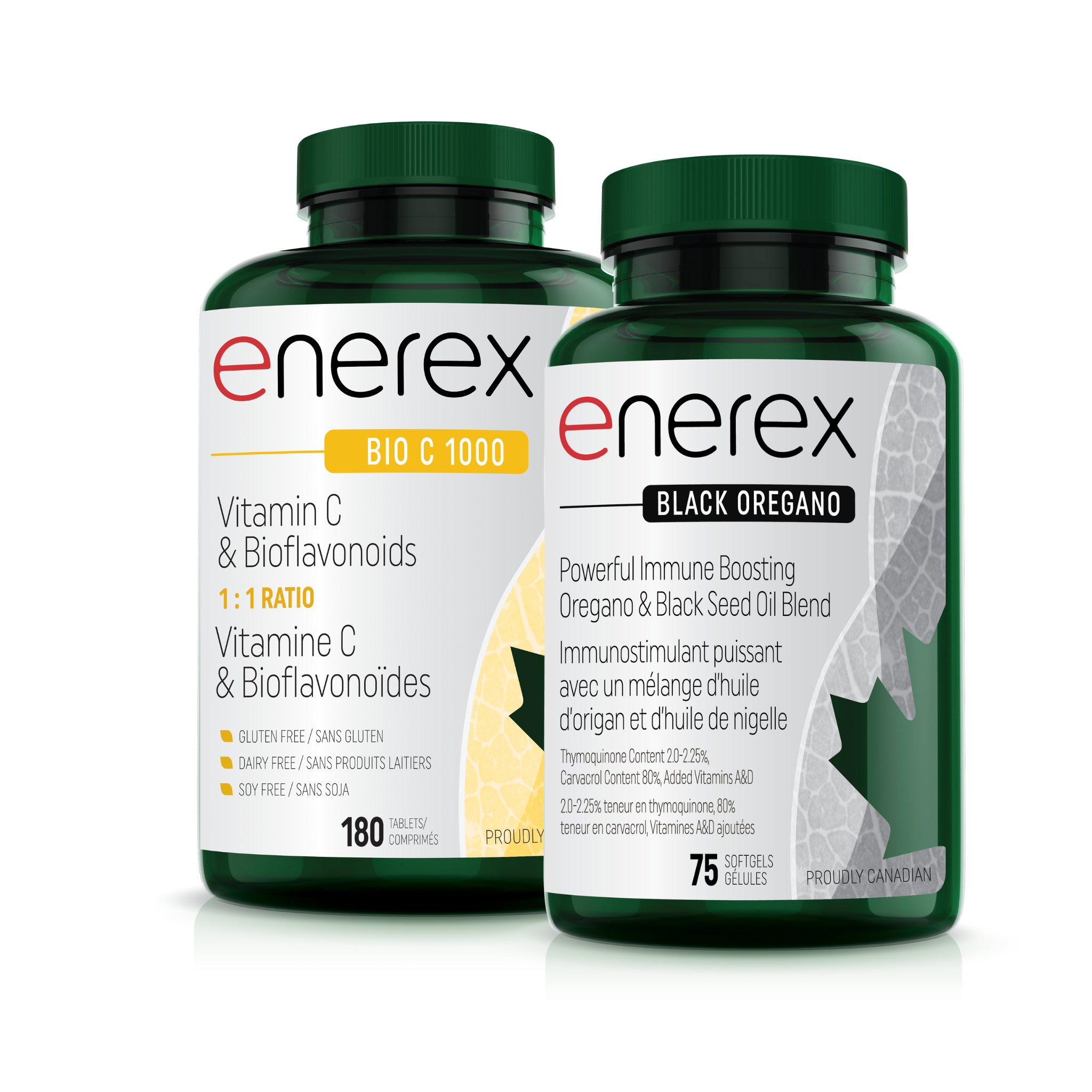
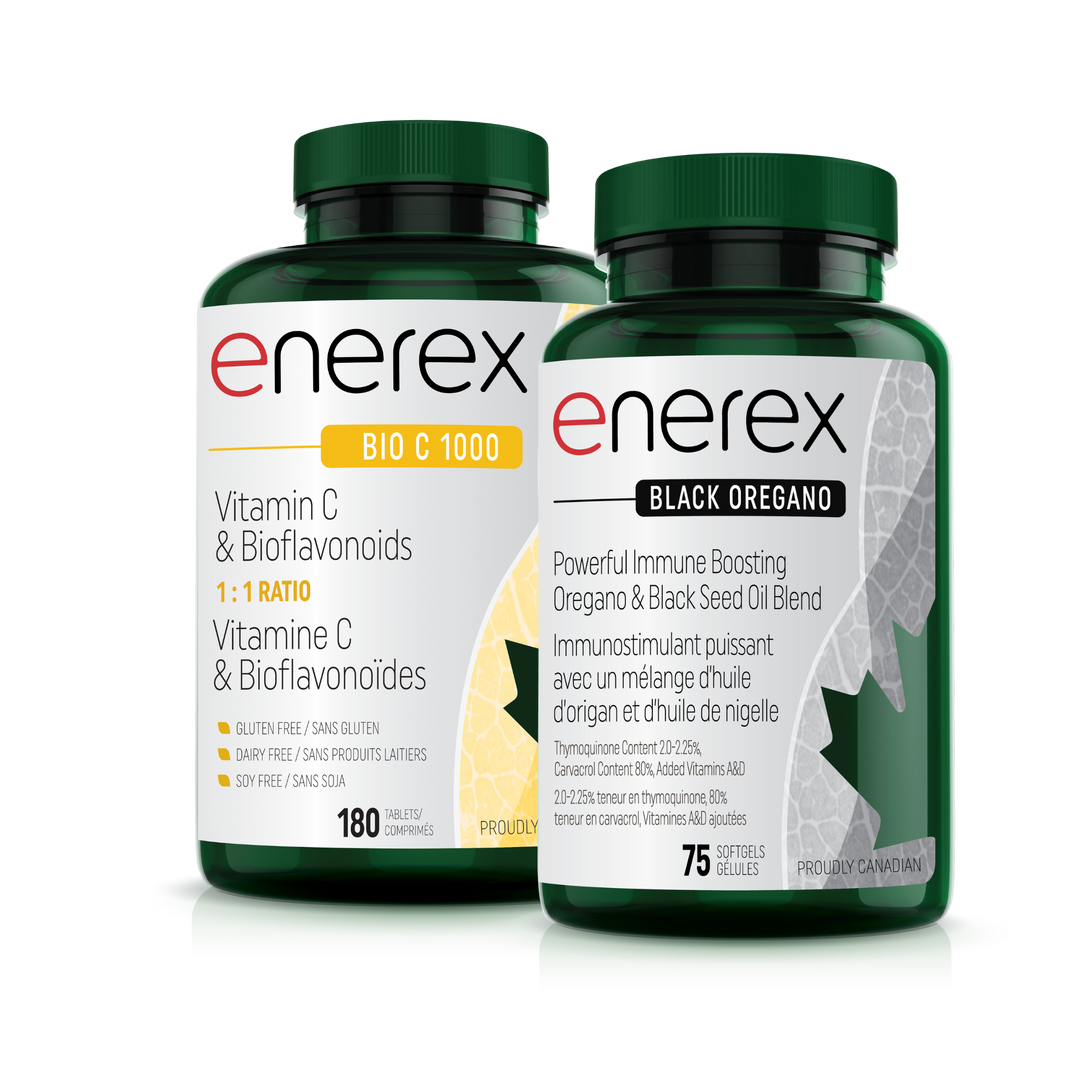
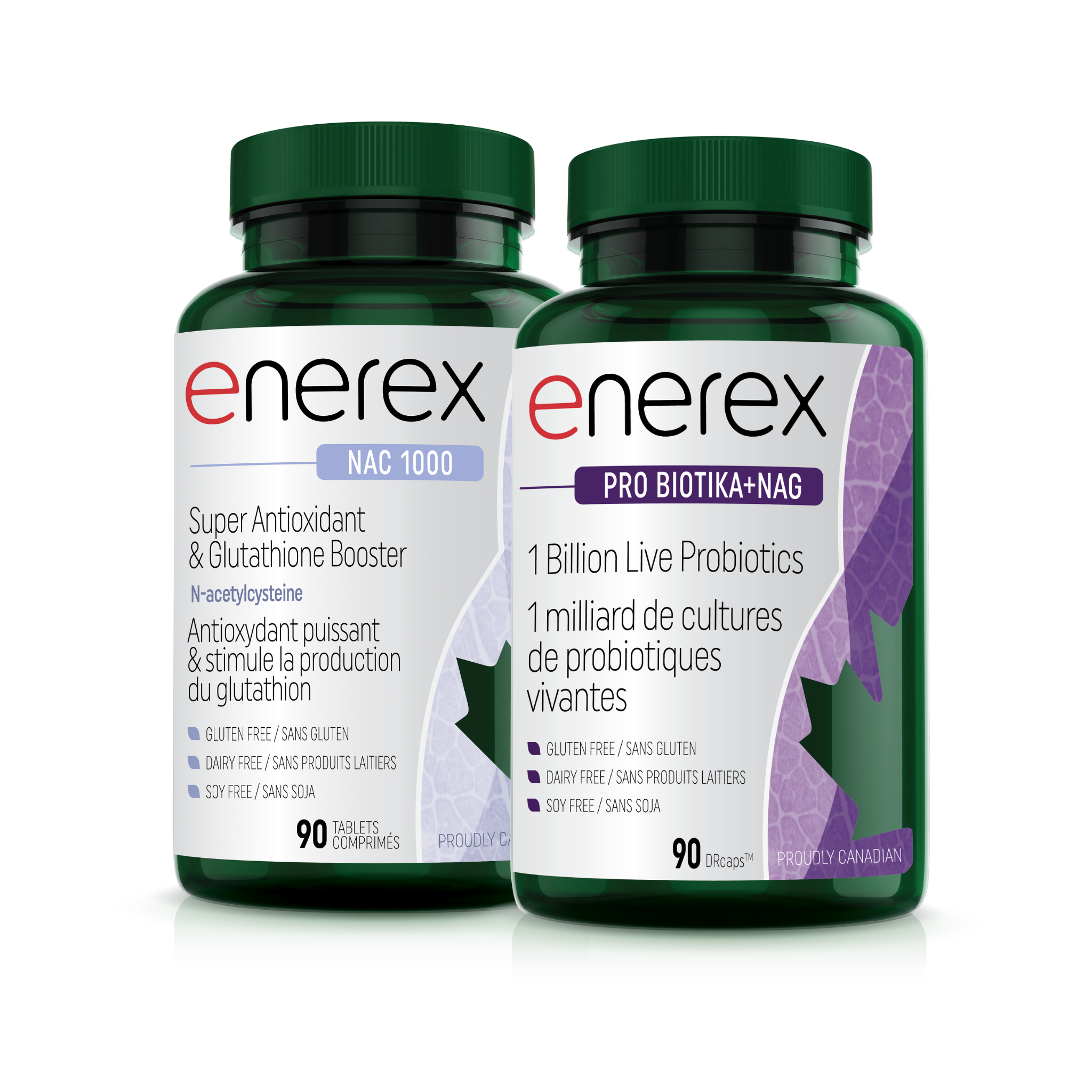
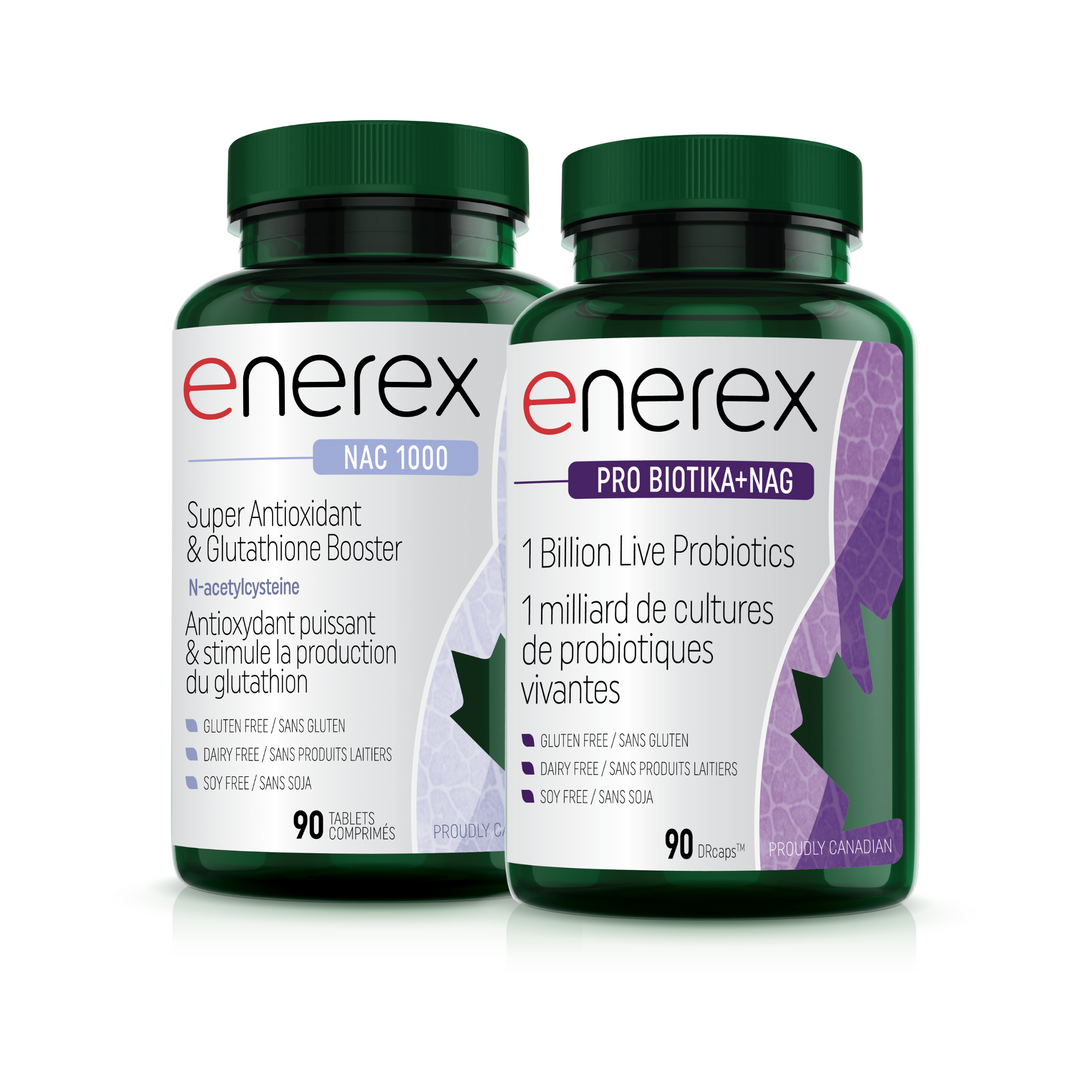
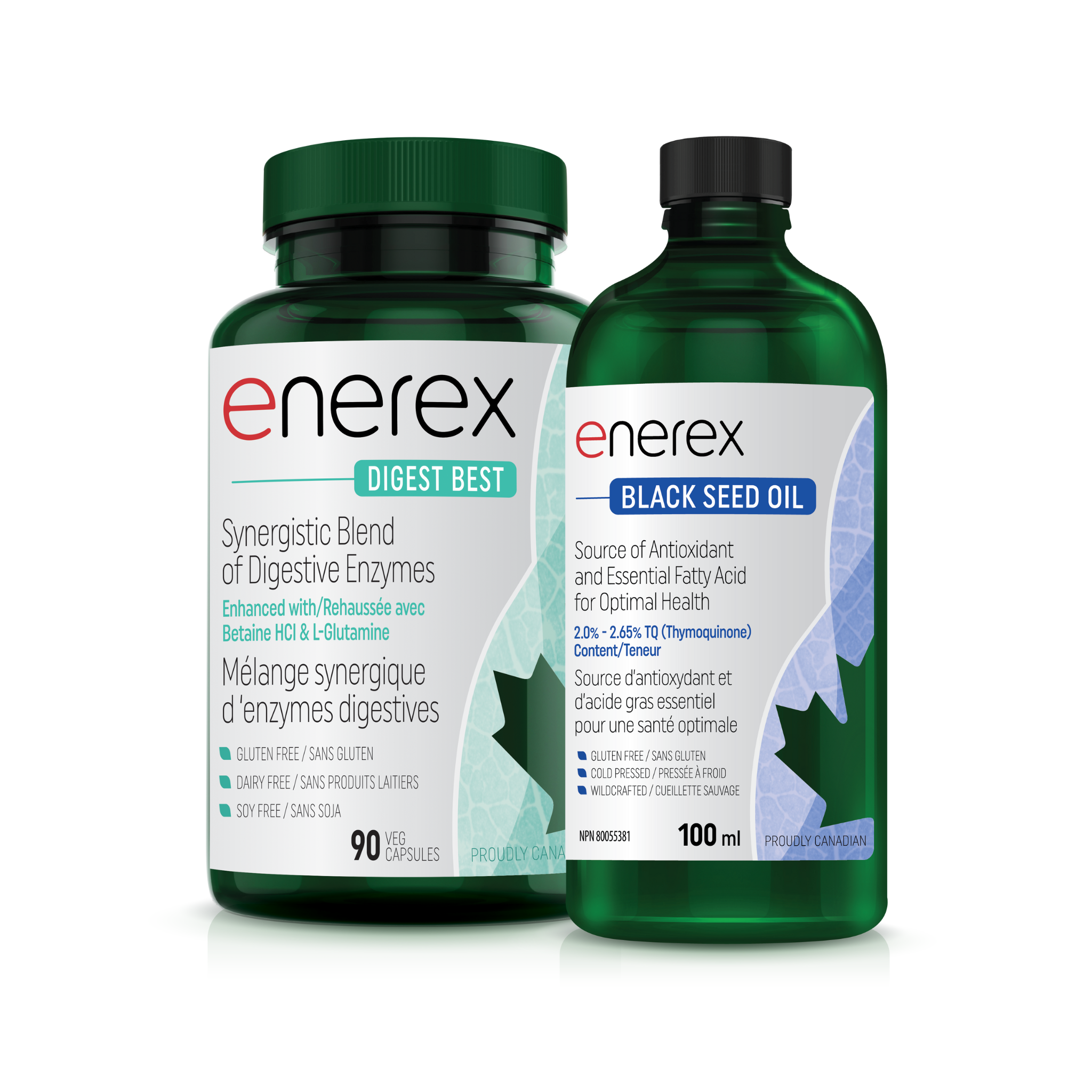
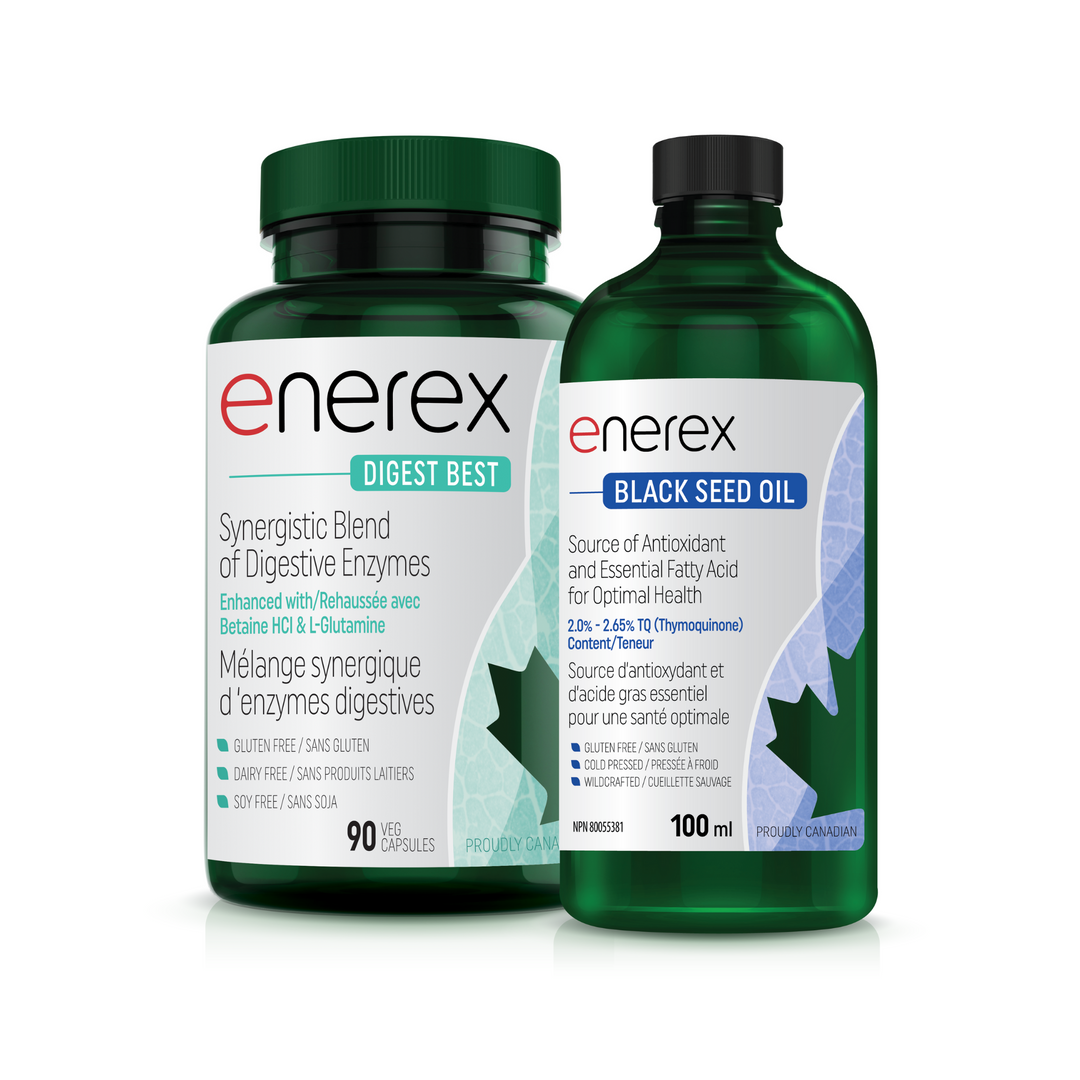
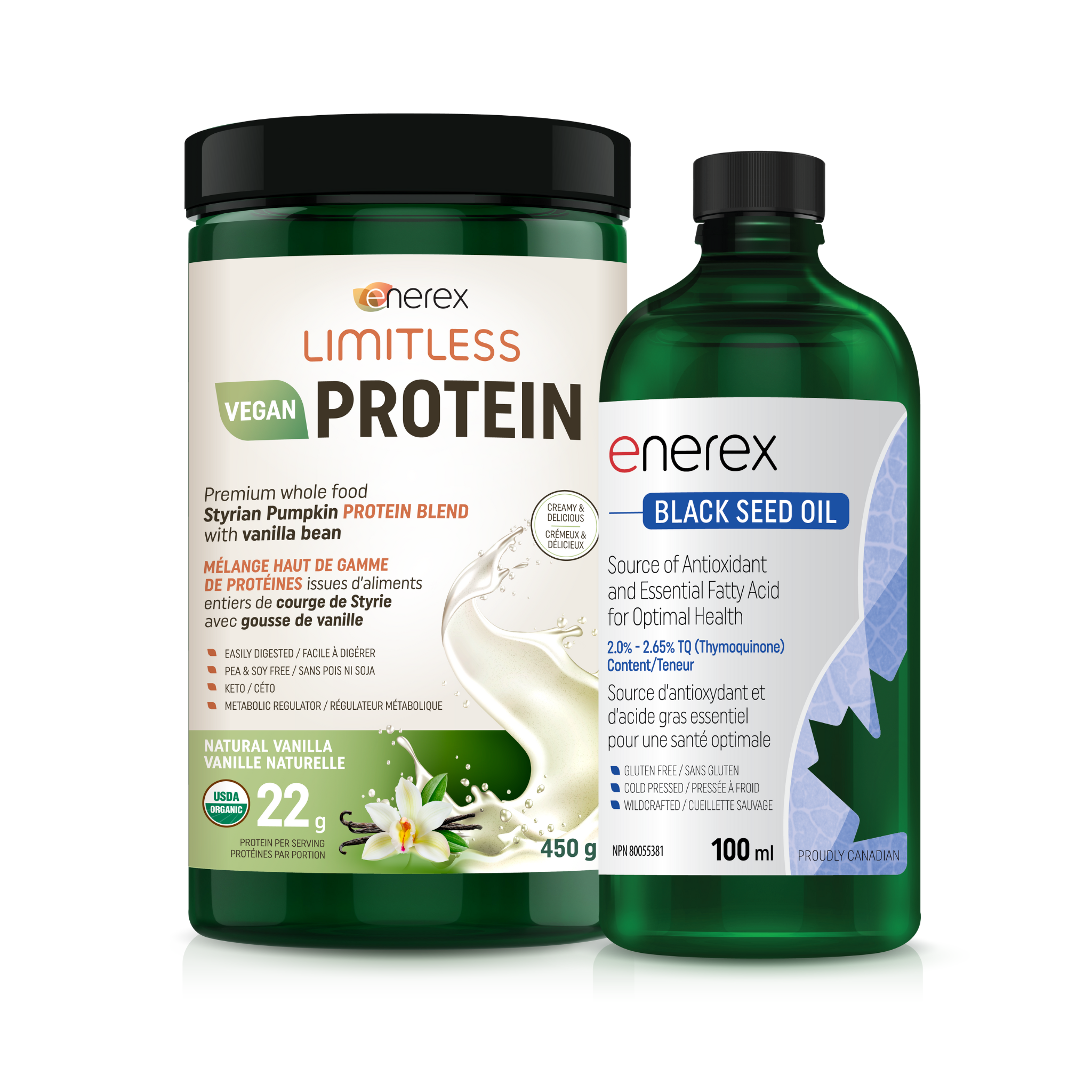
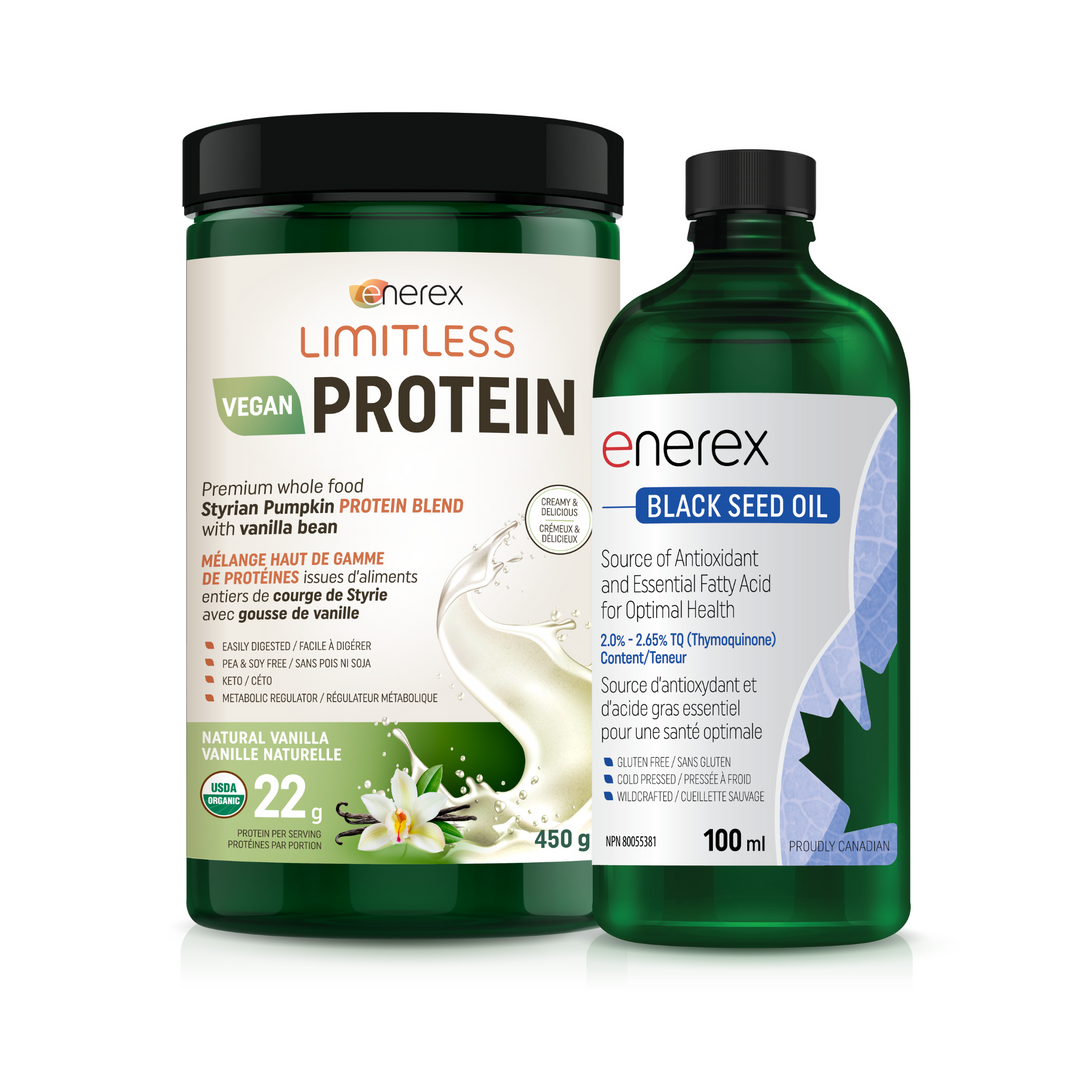
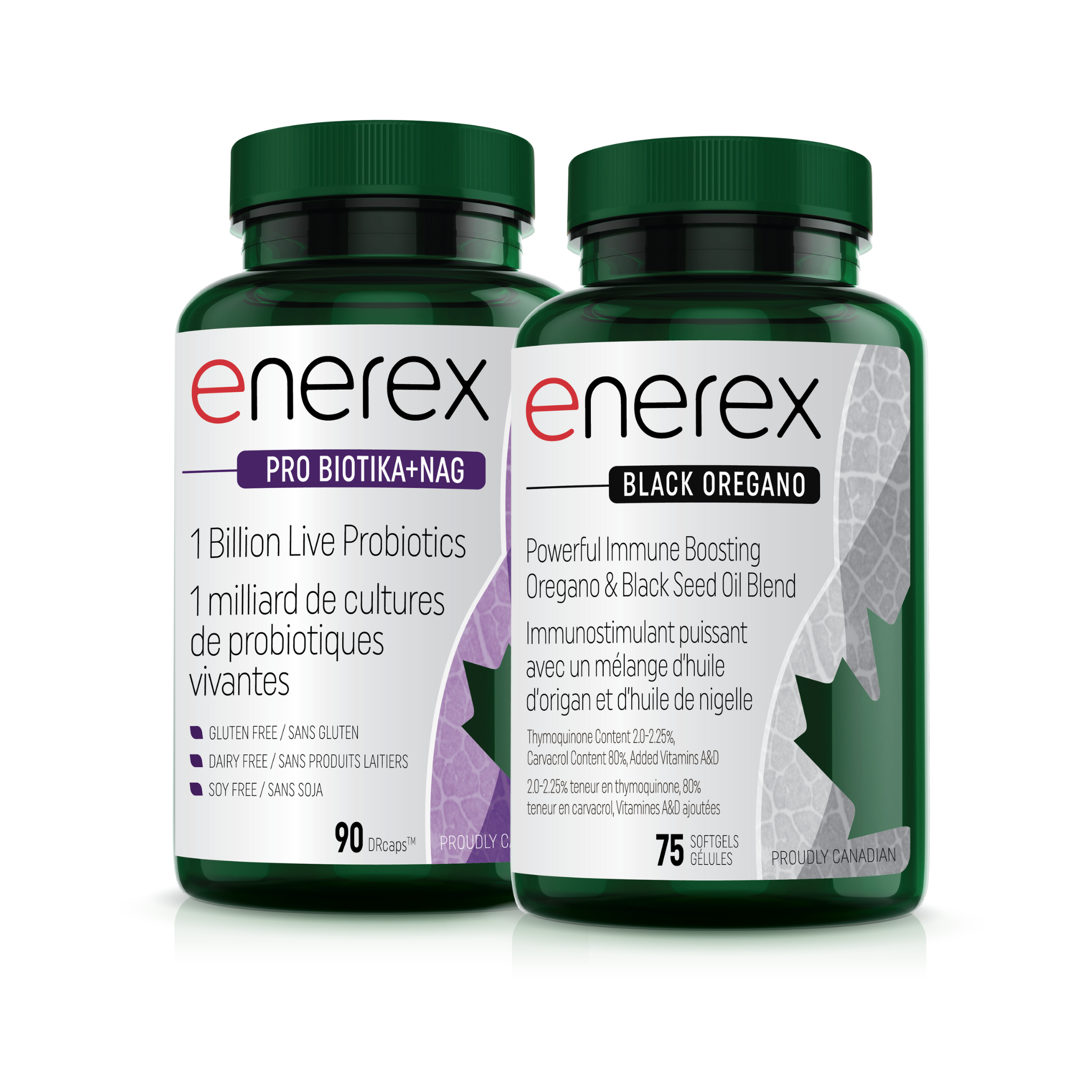
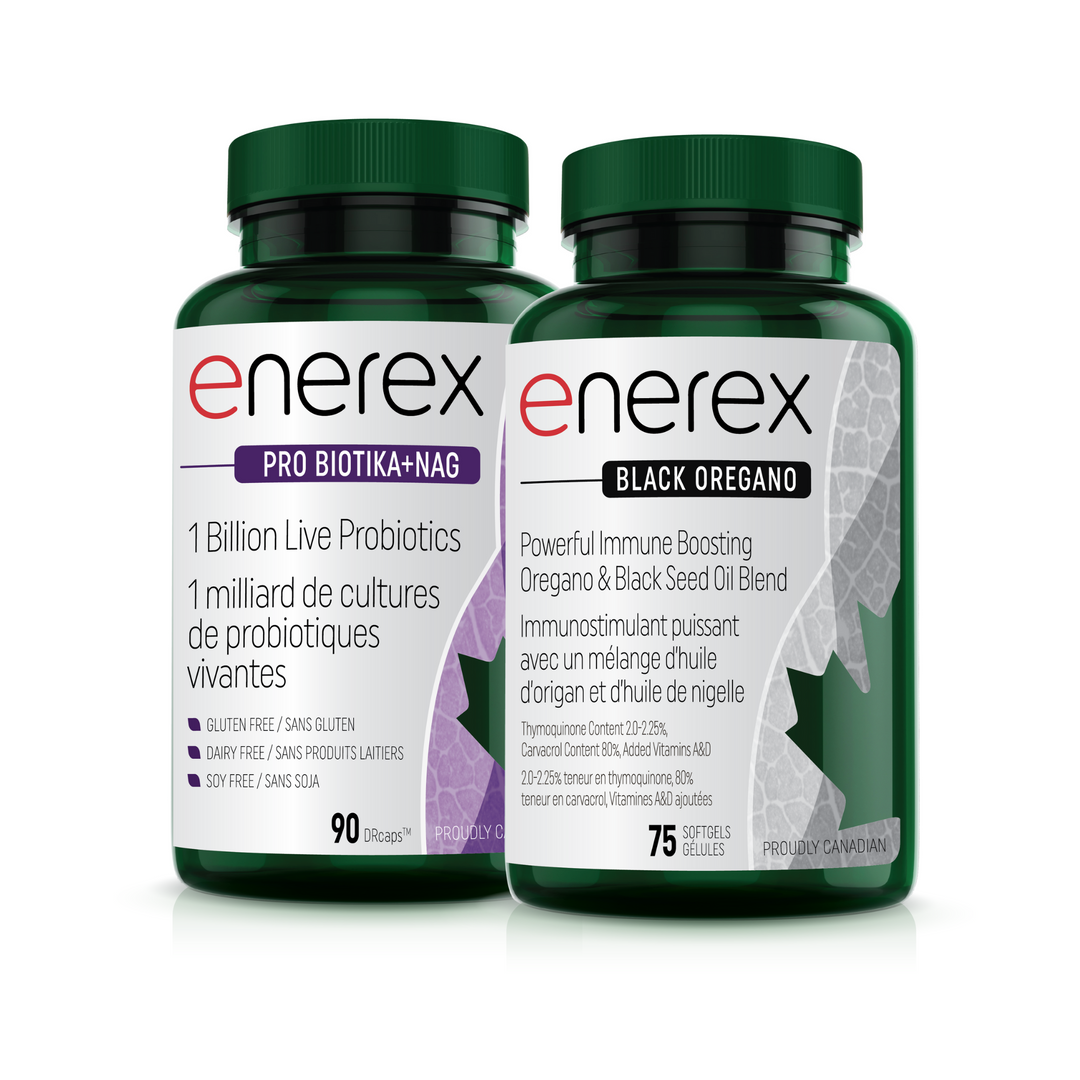
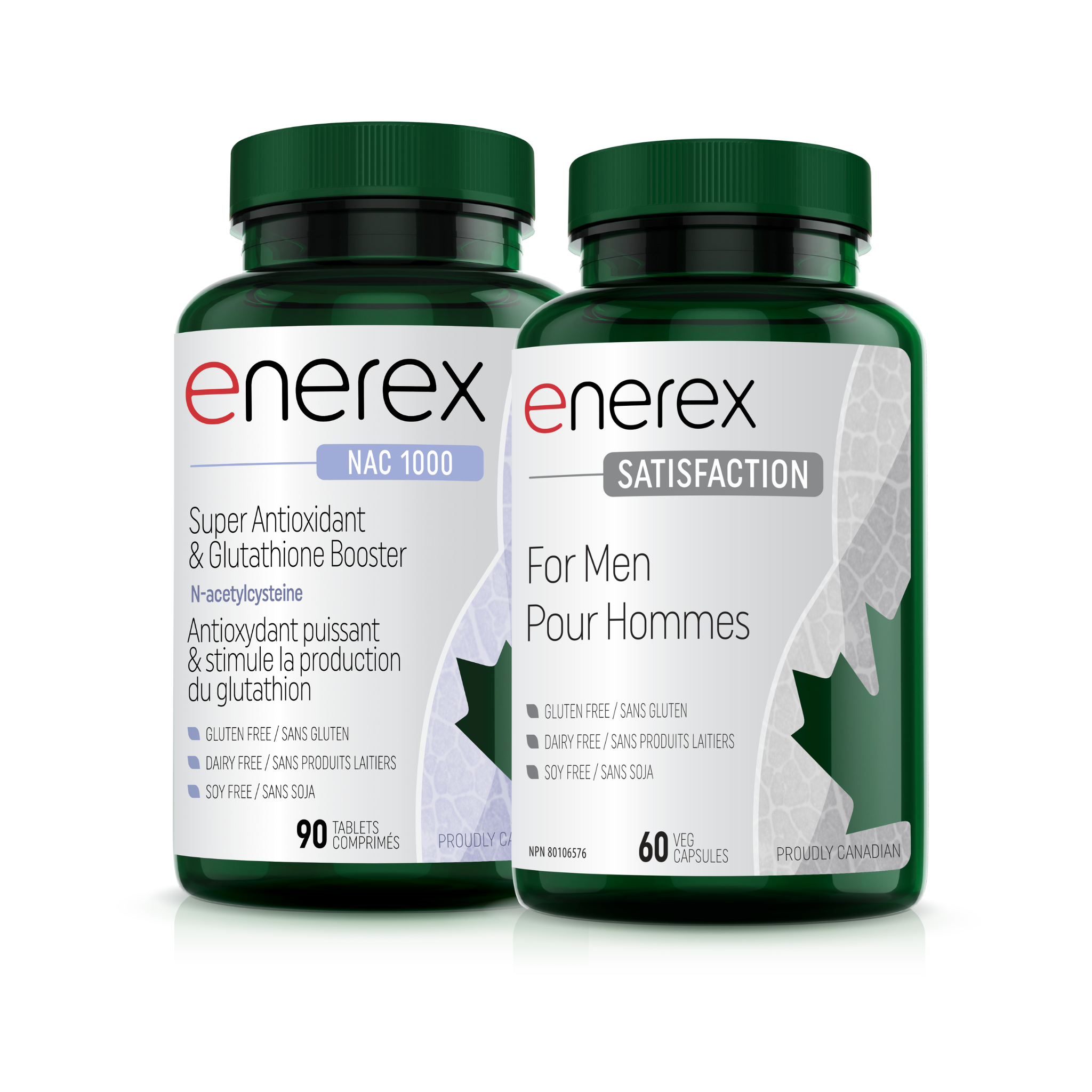
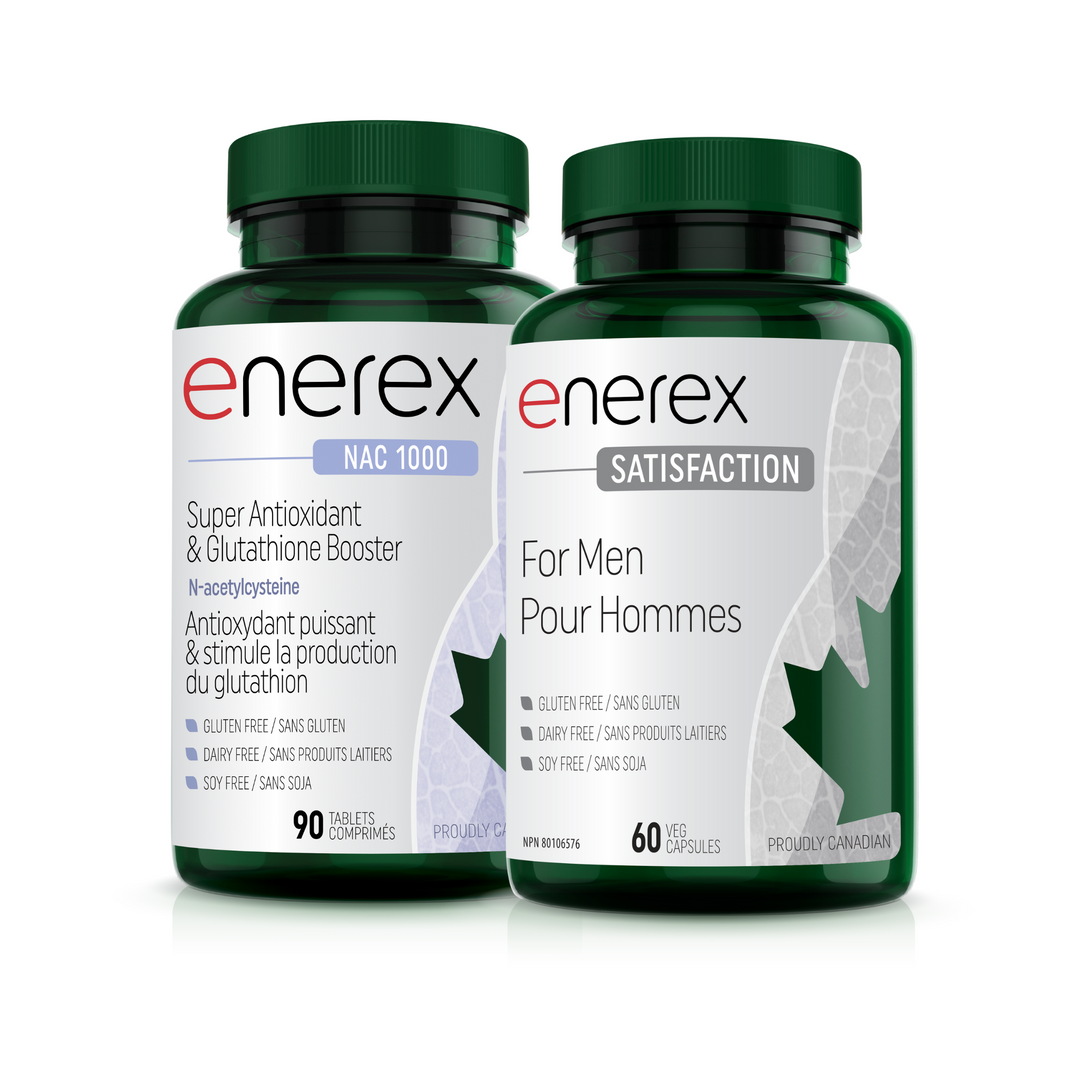
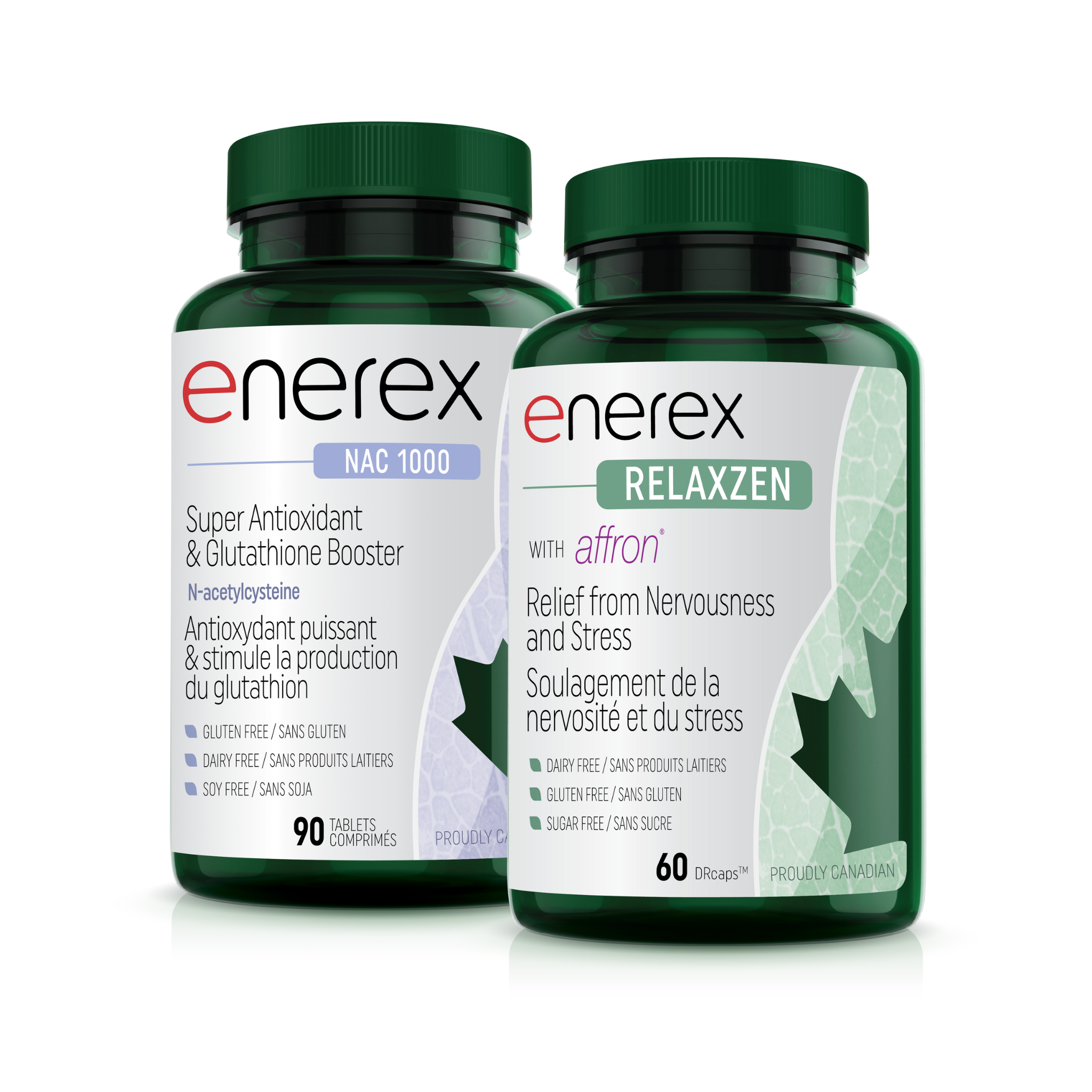
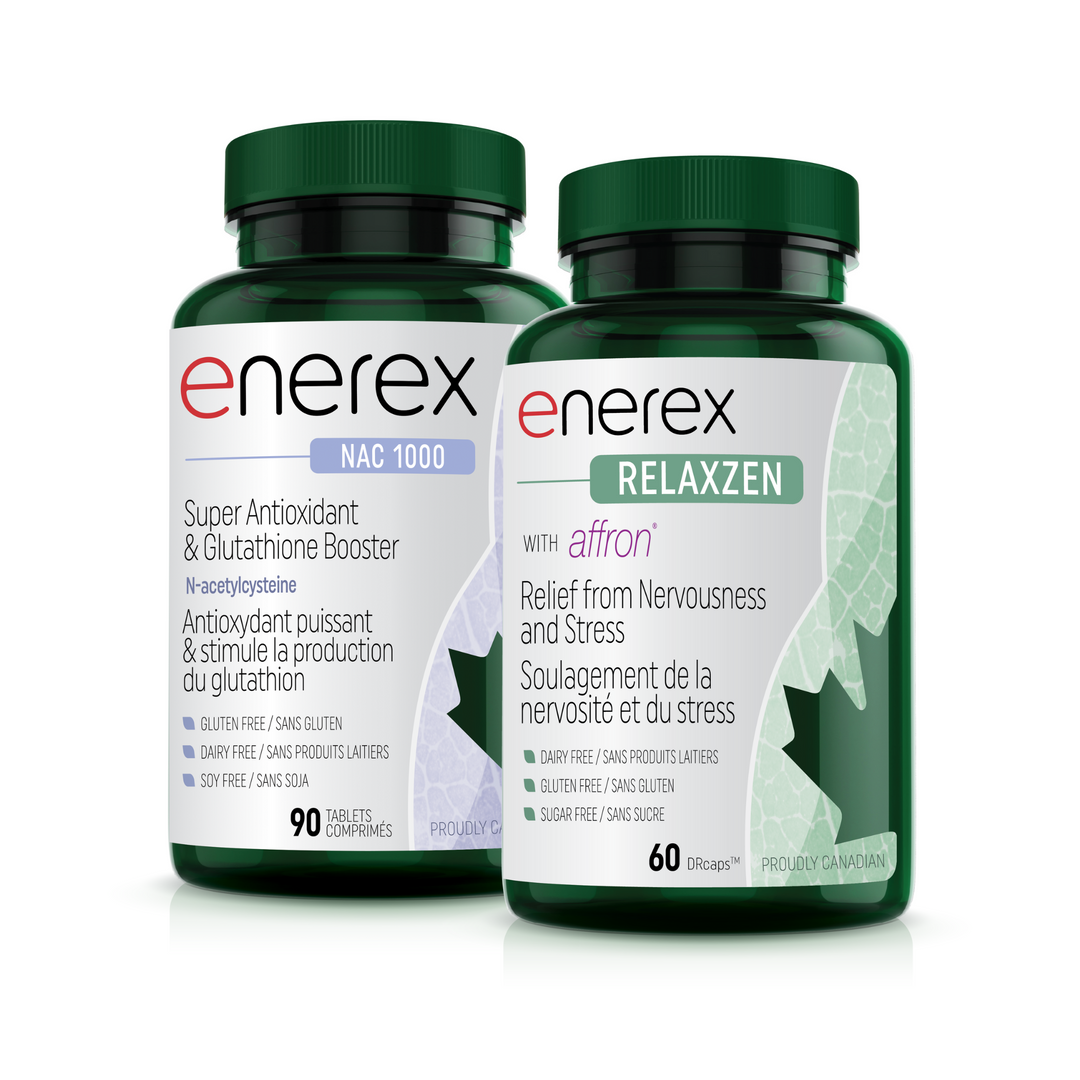

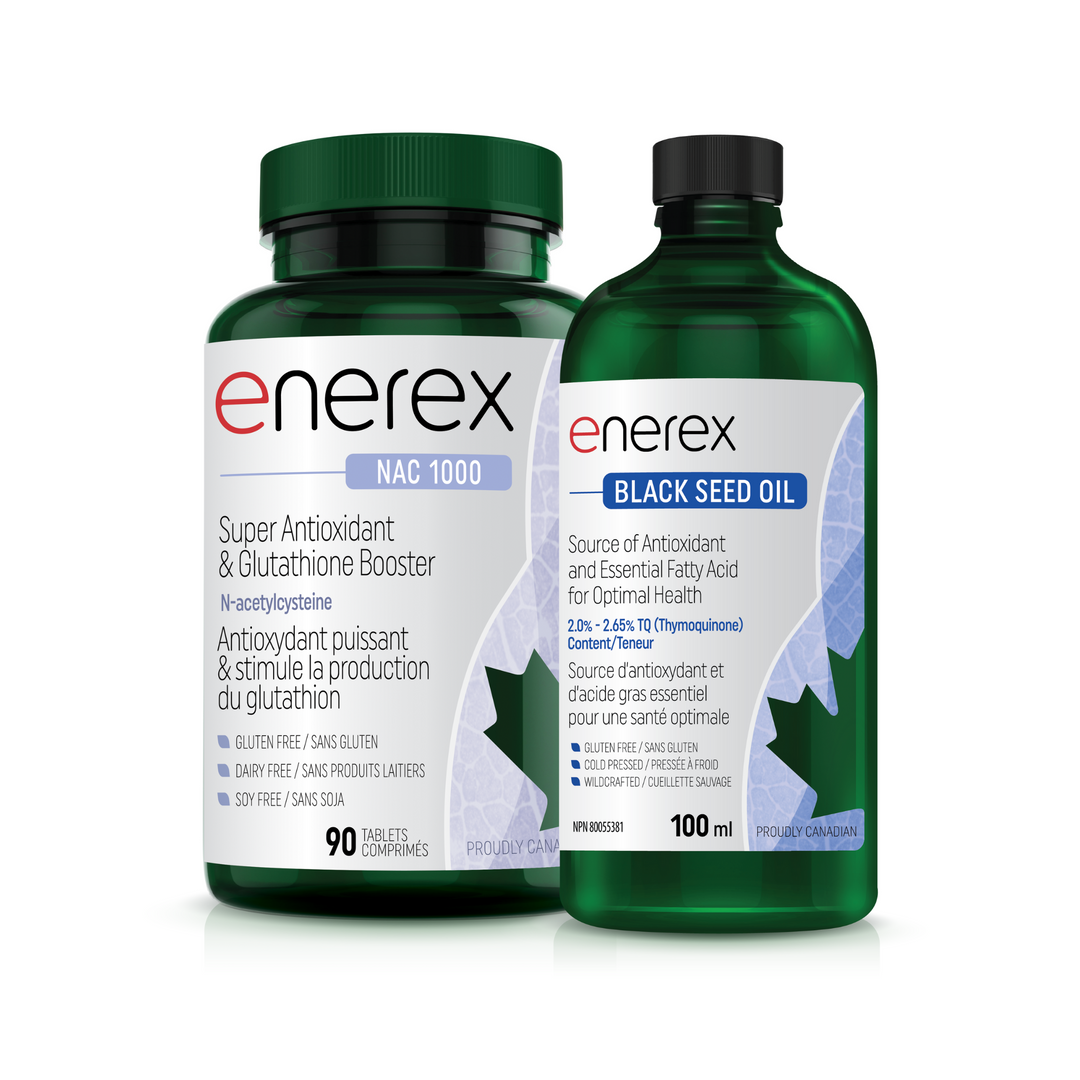
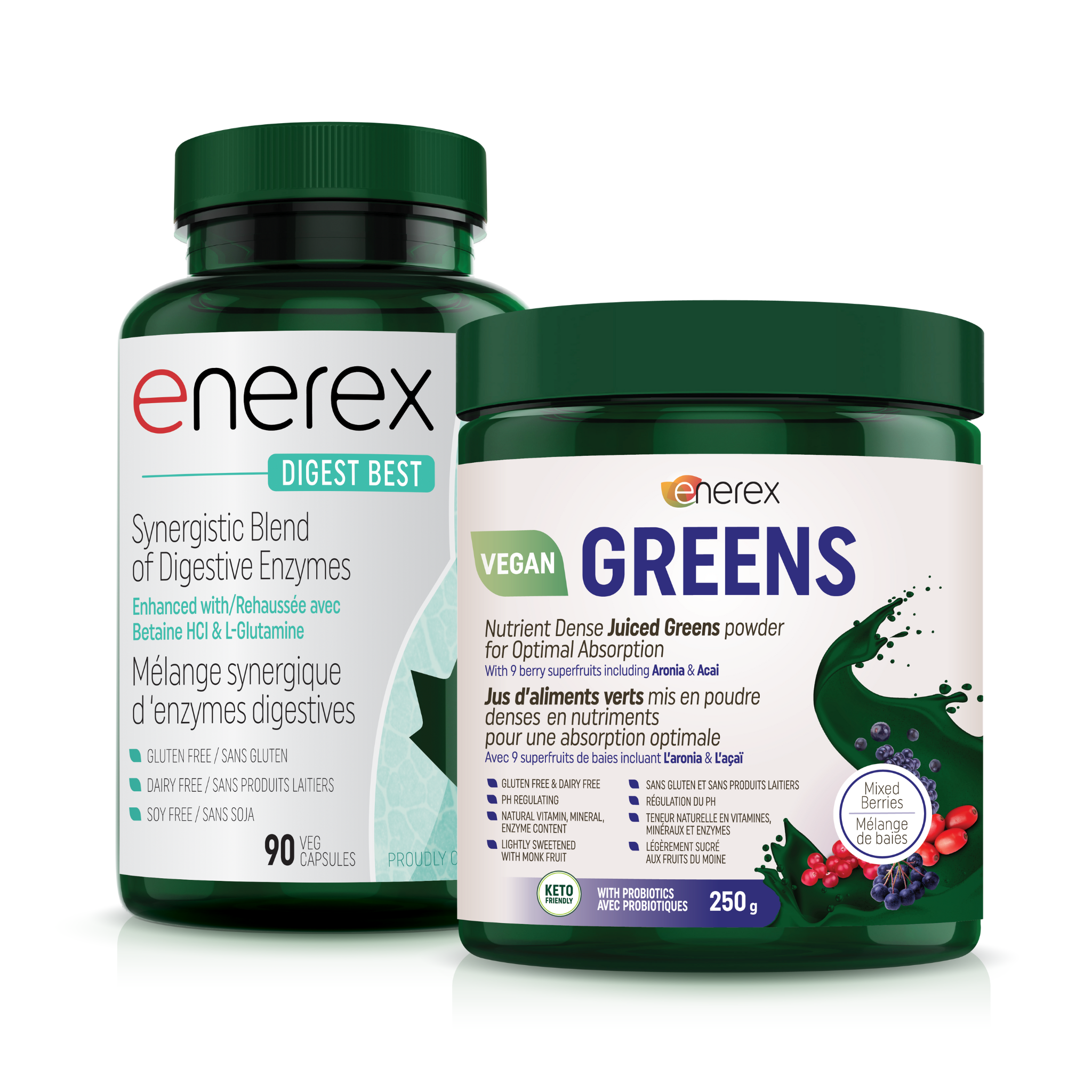
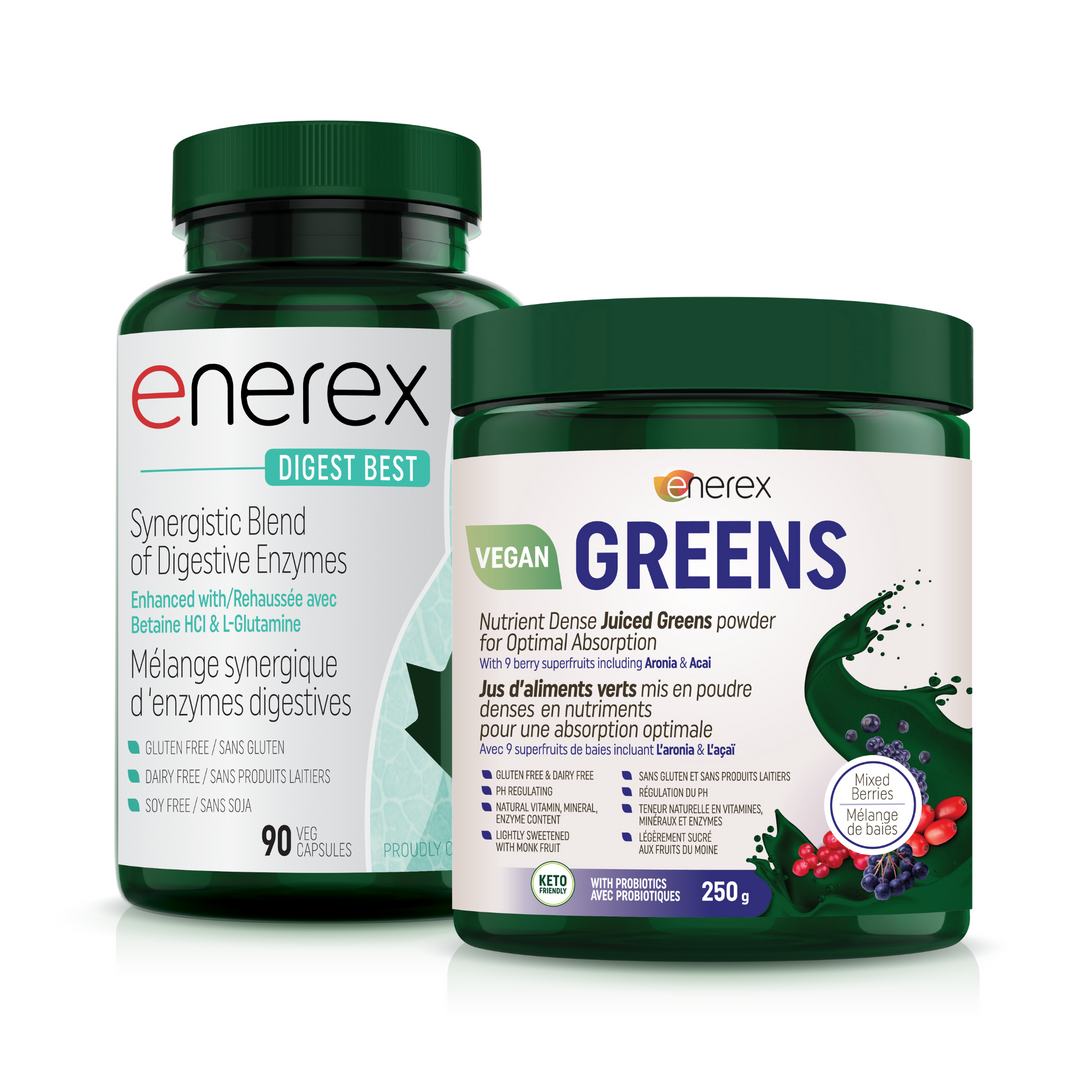
Leave a comment